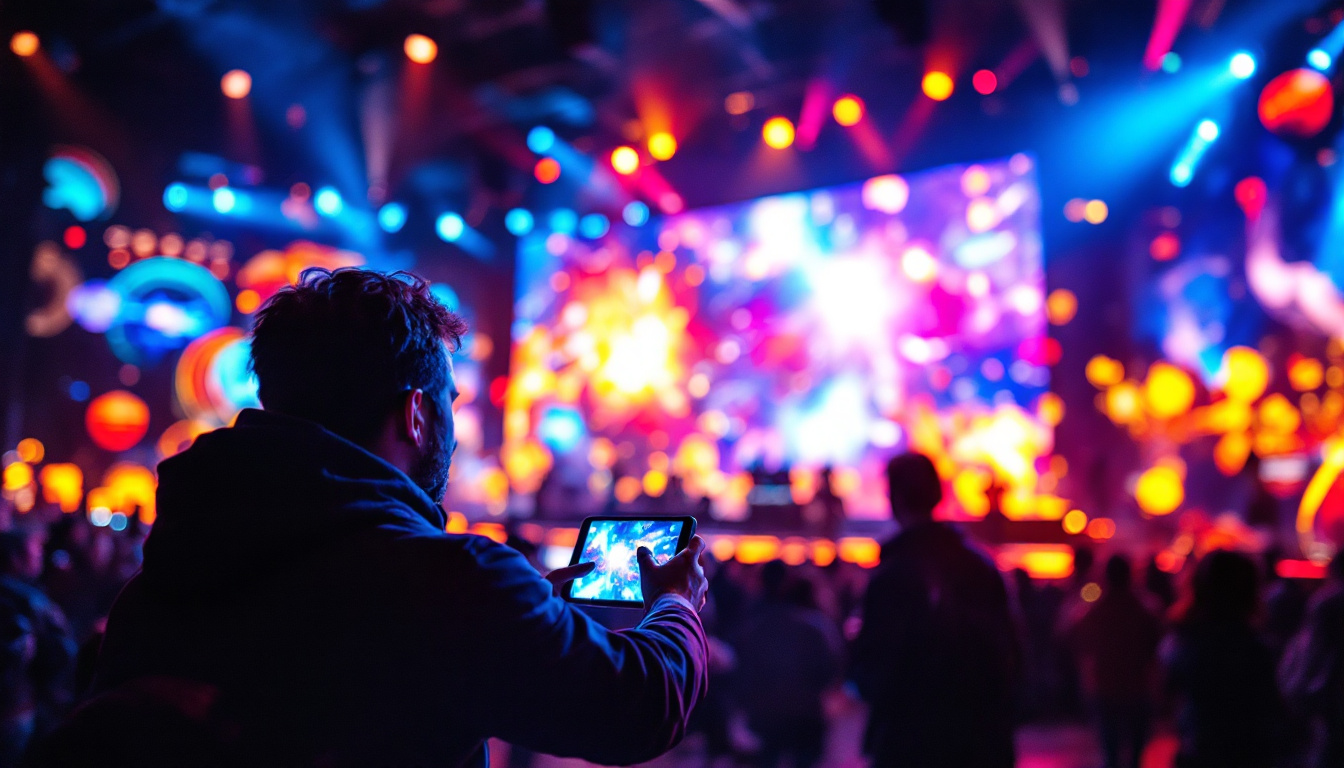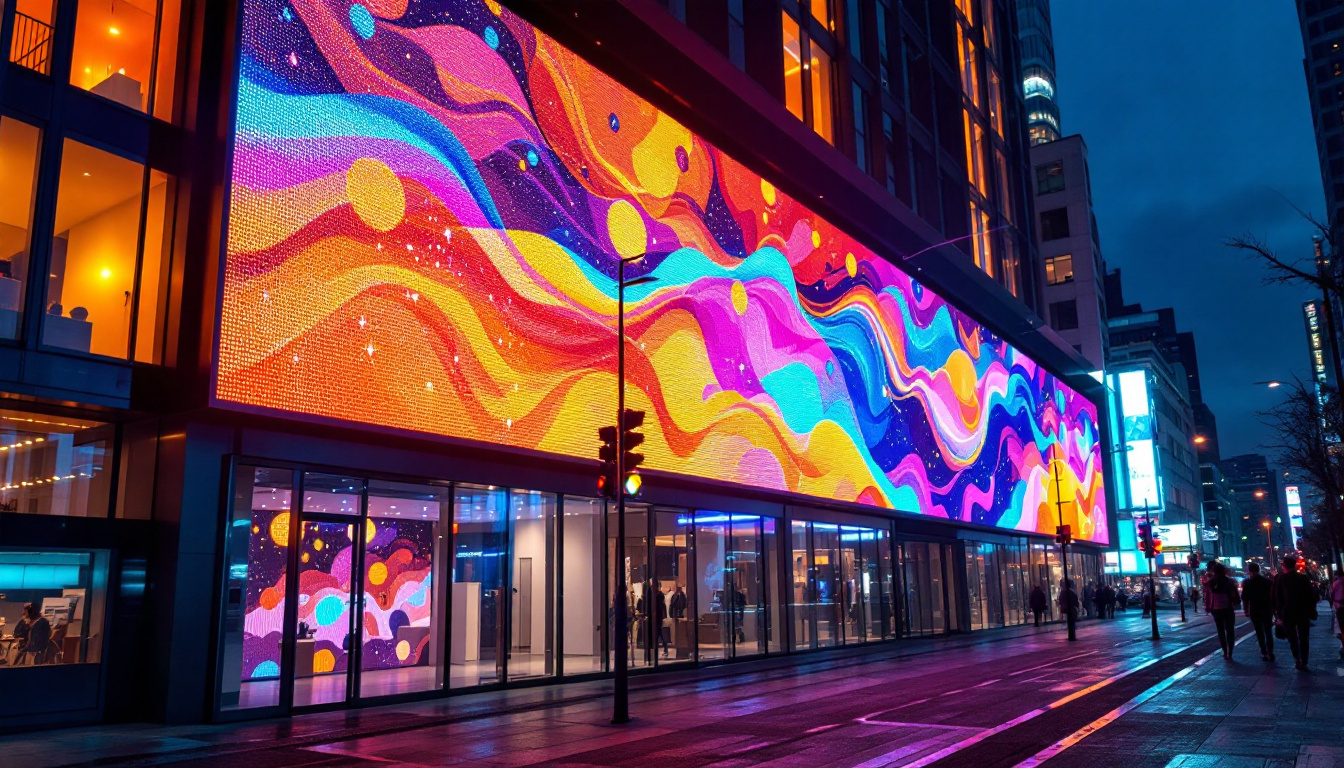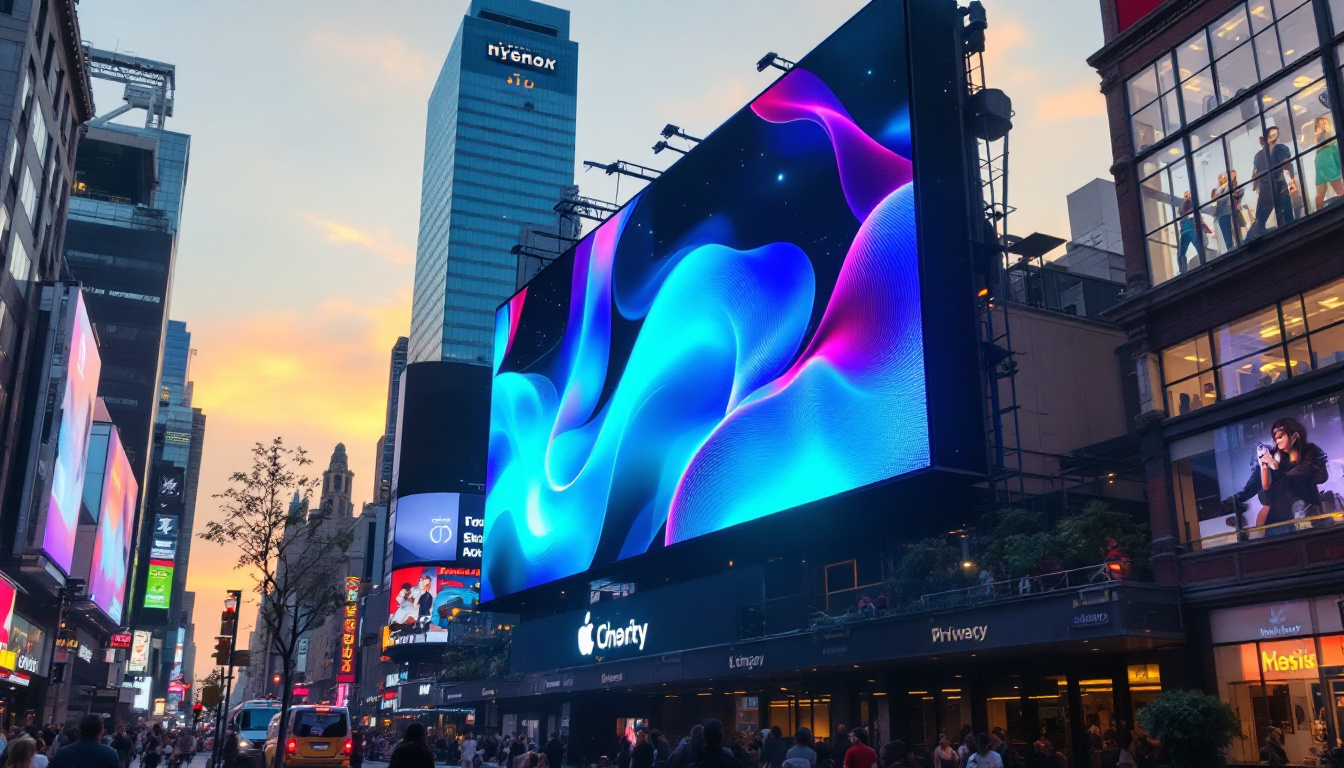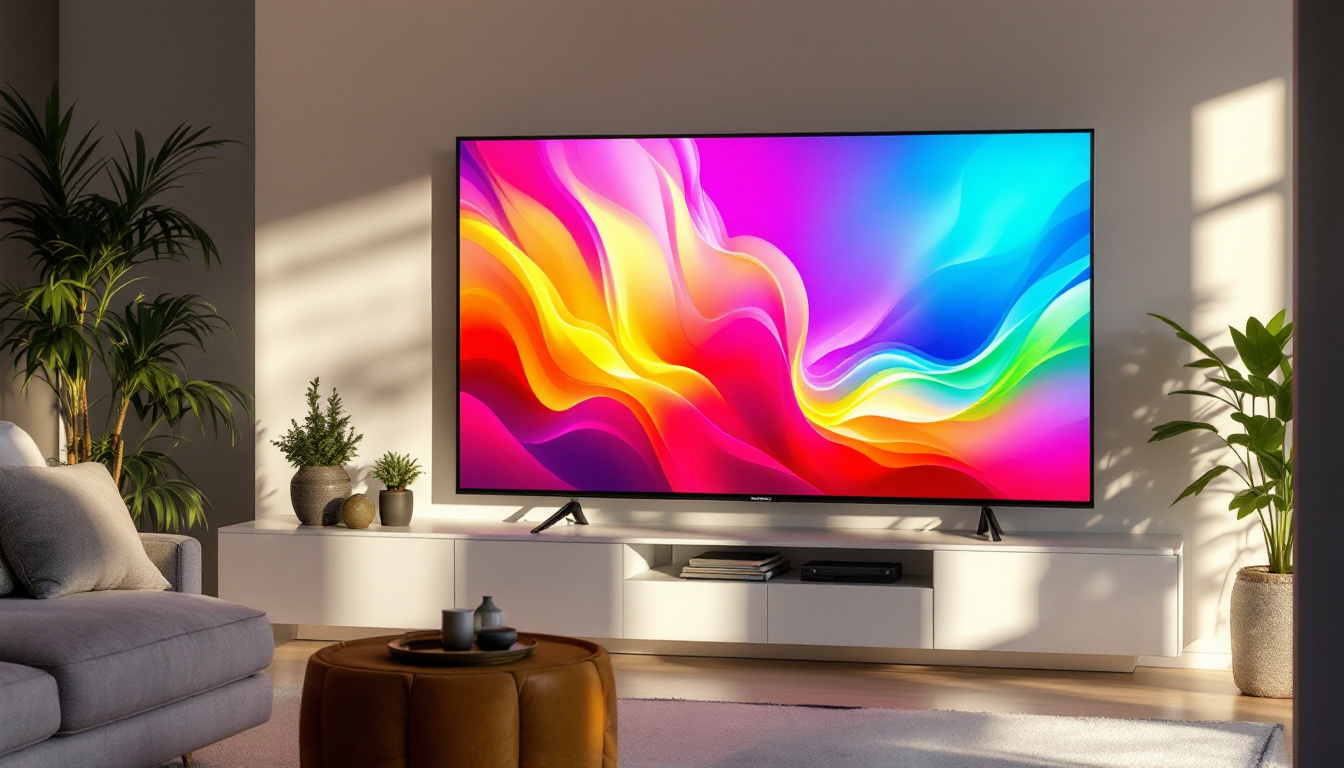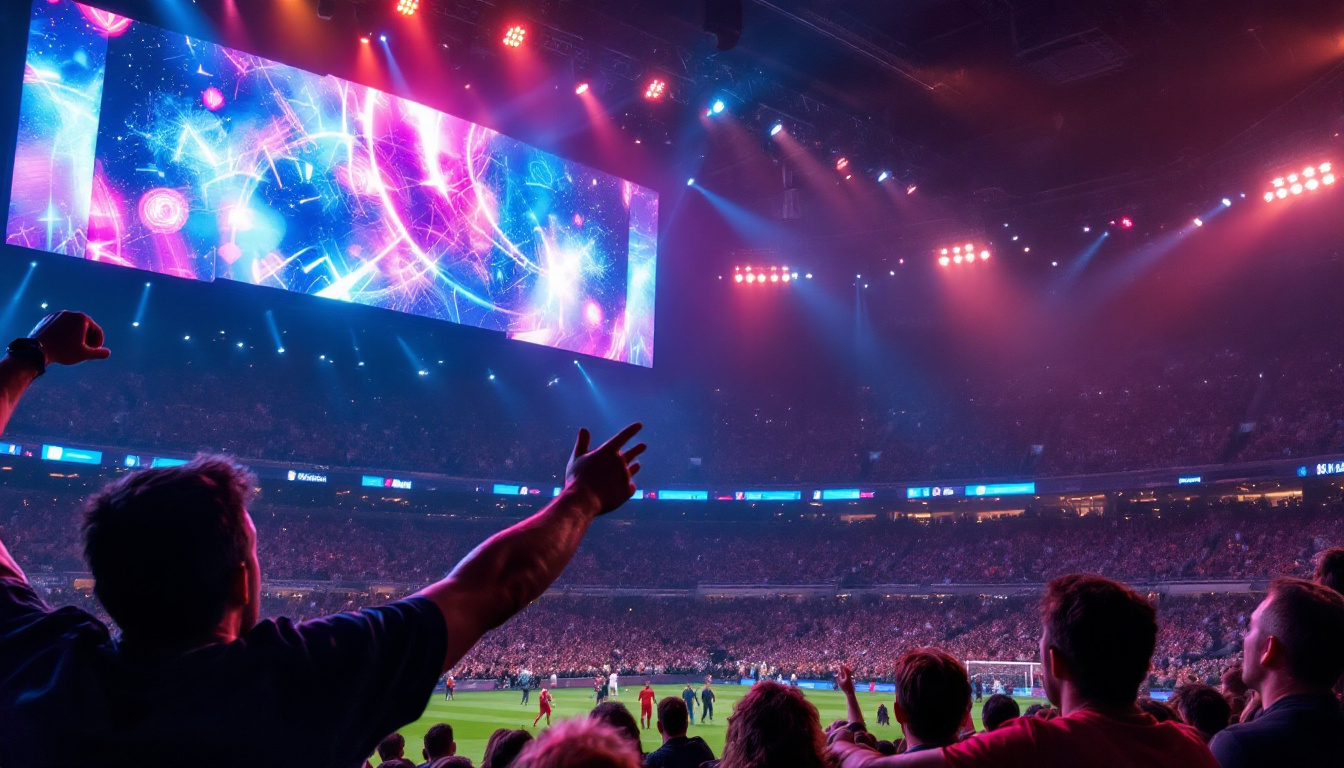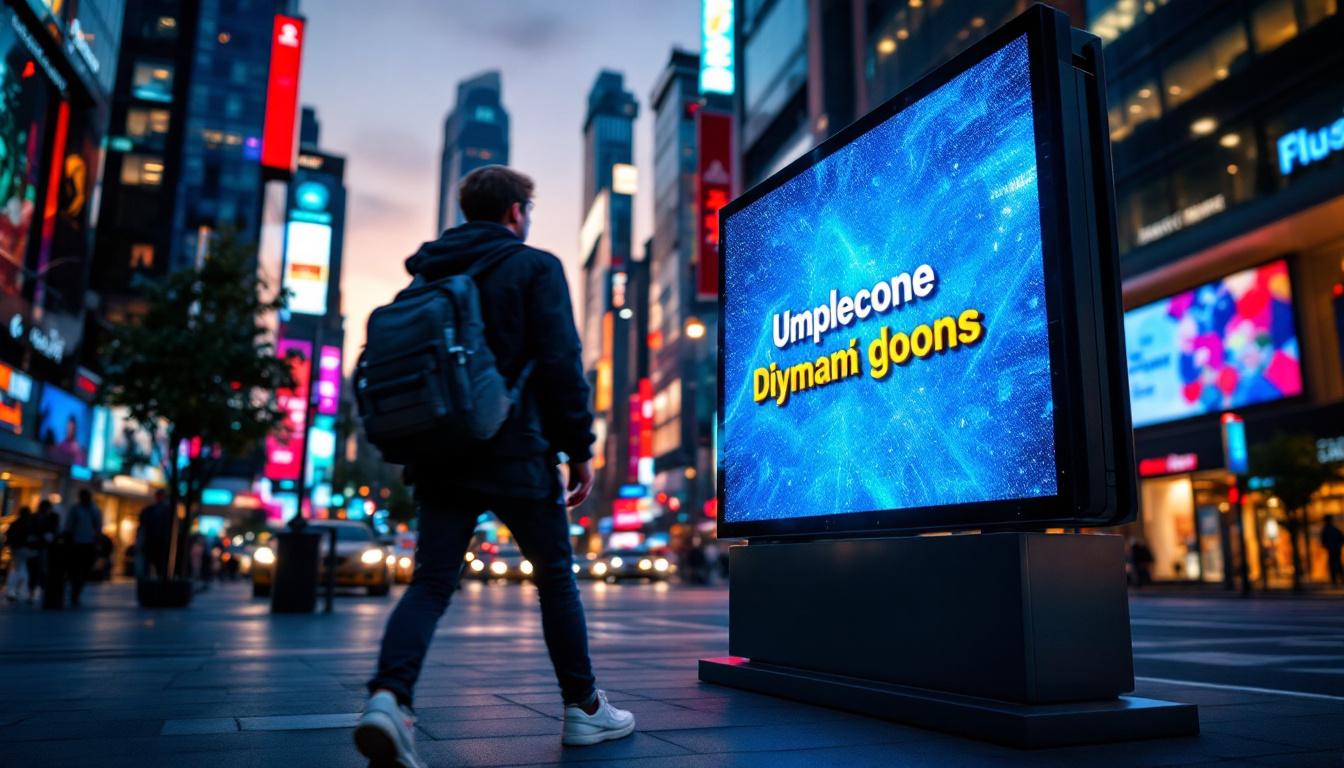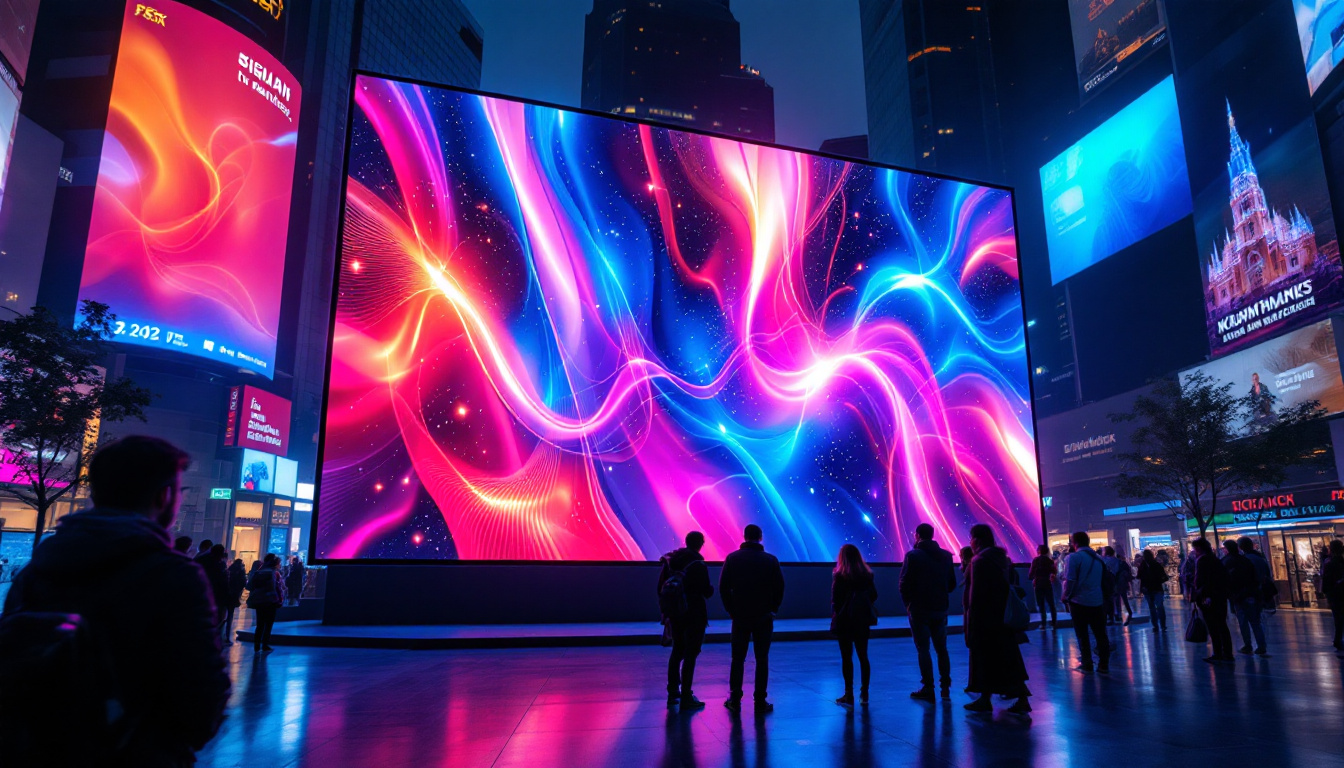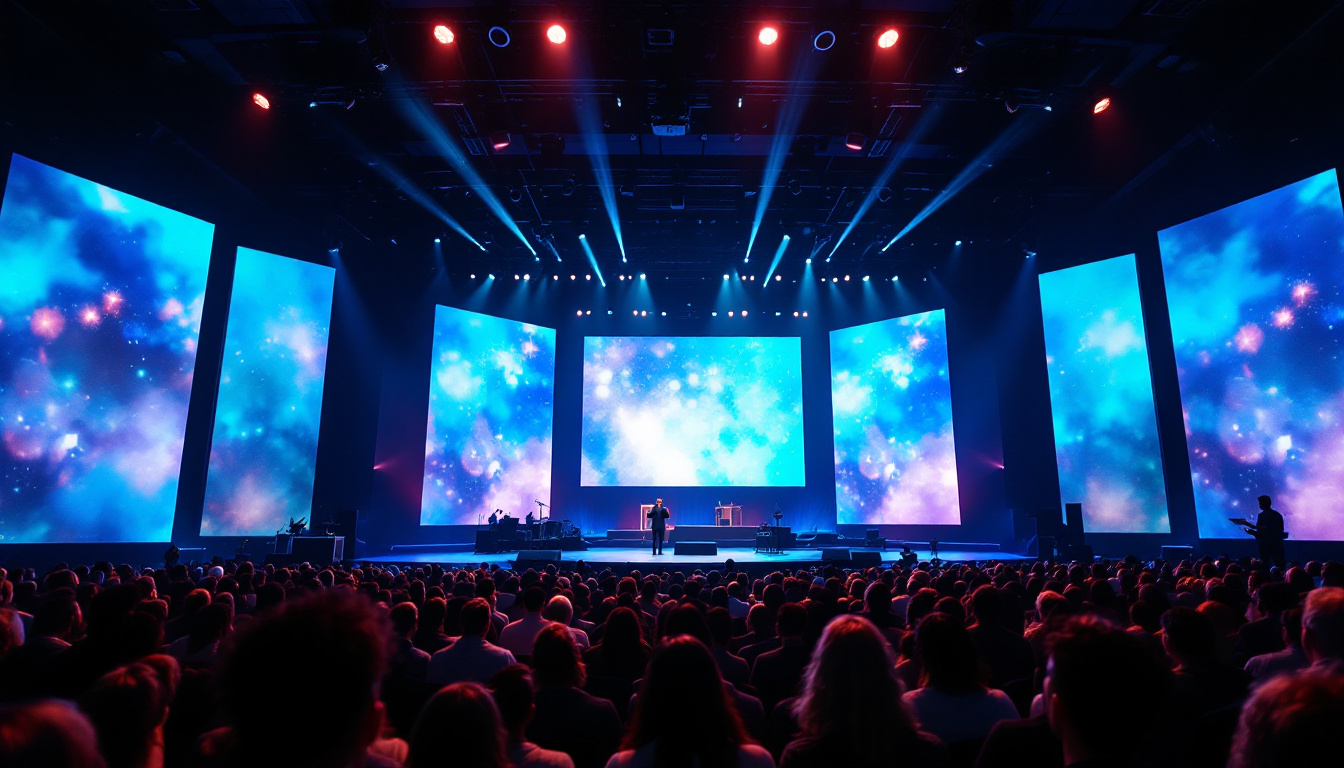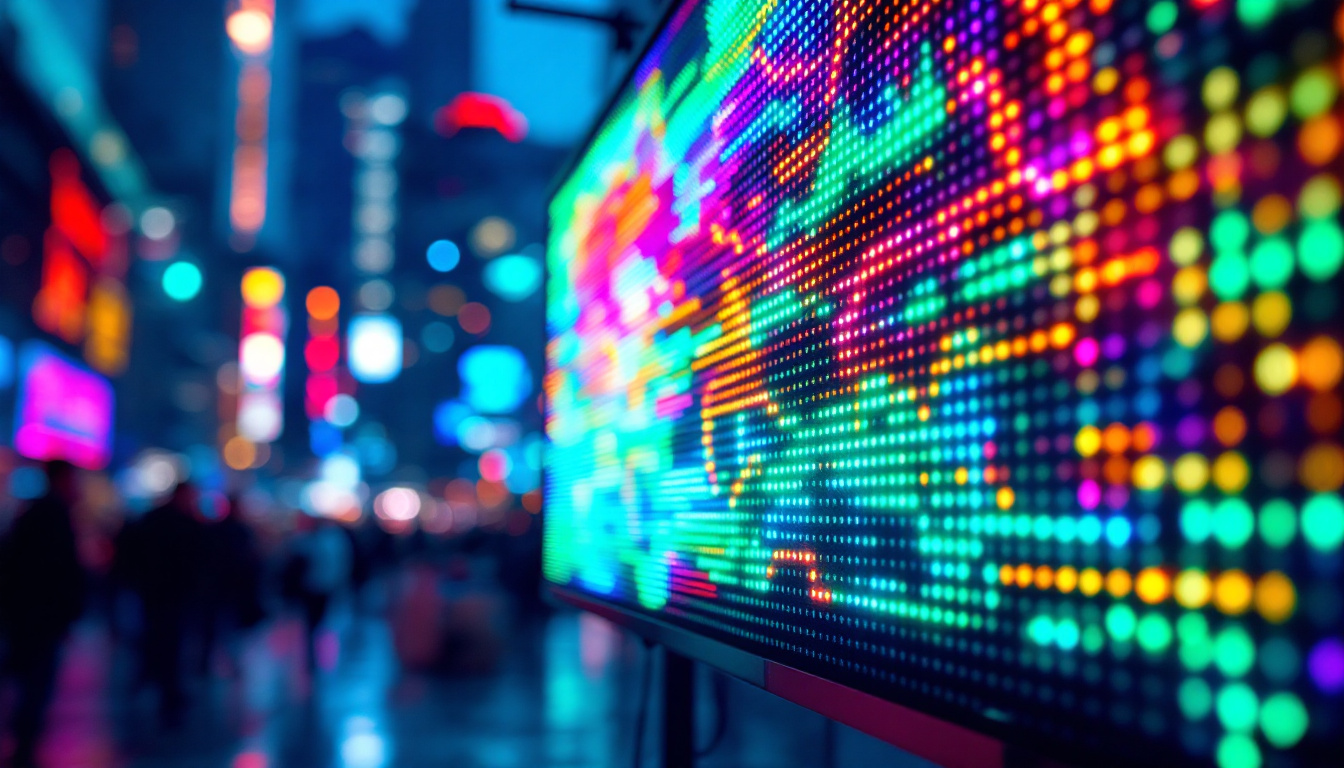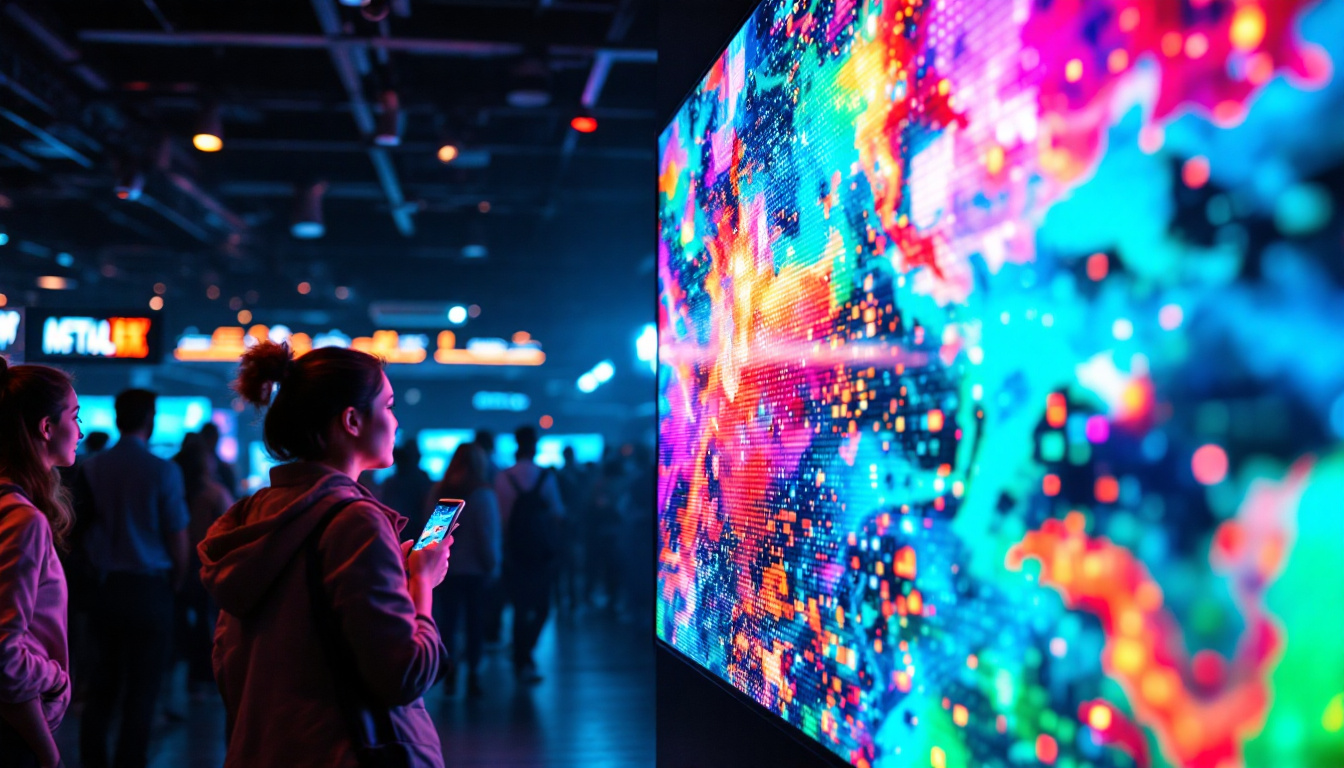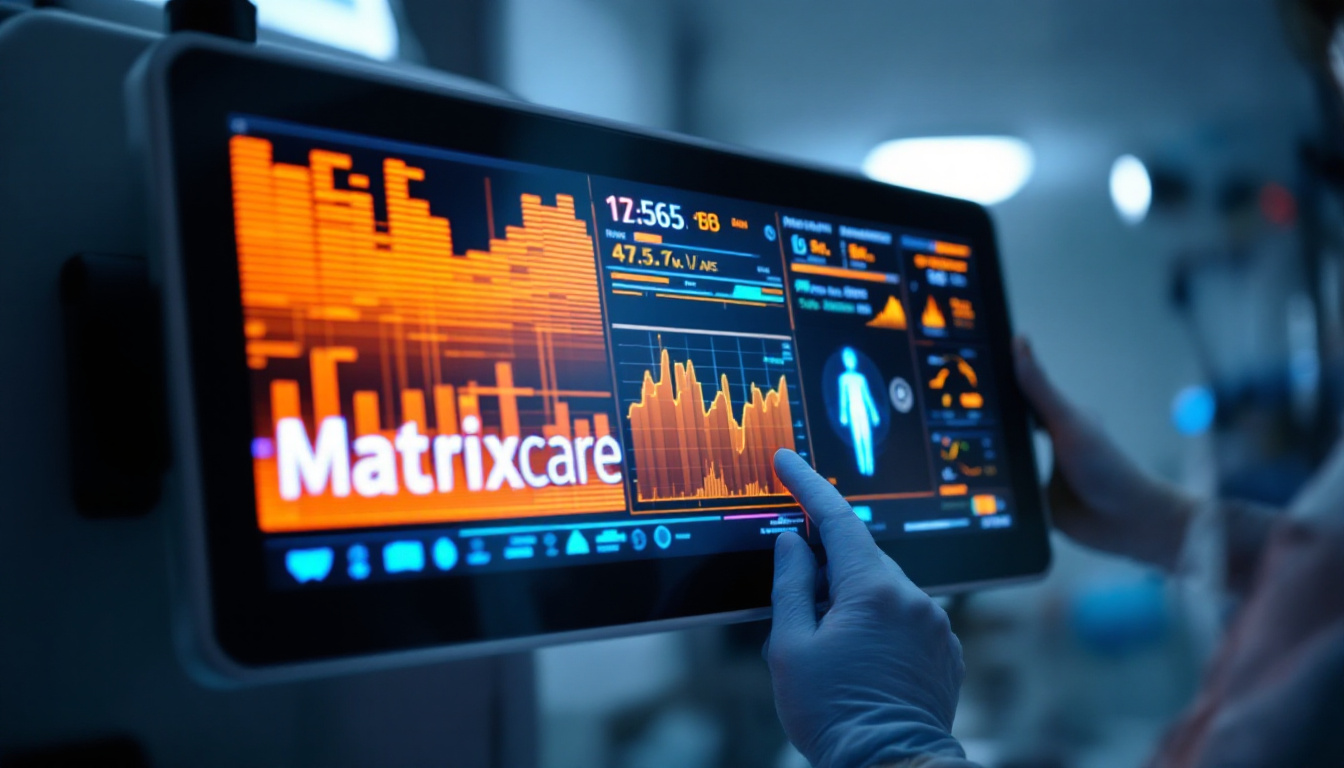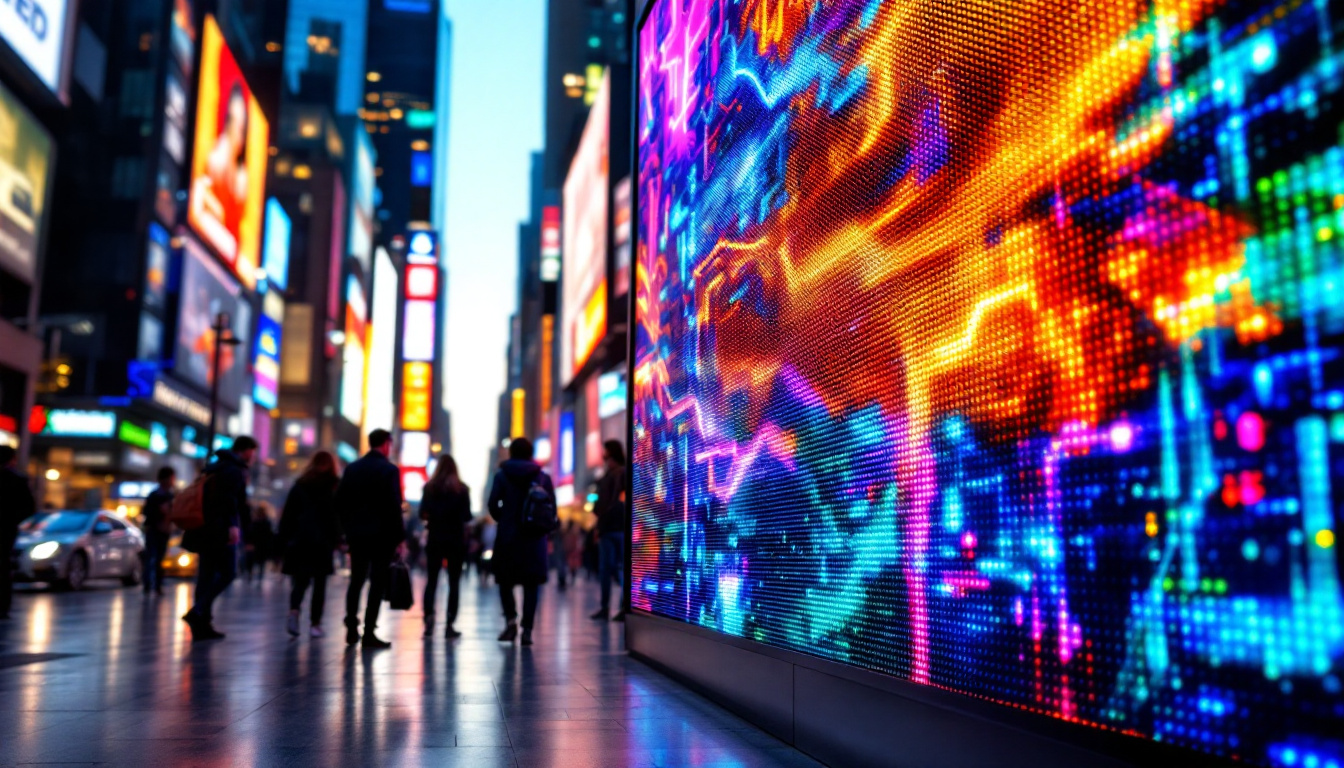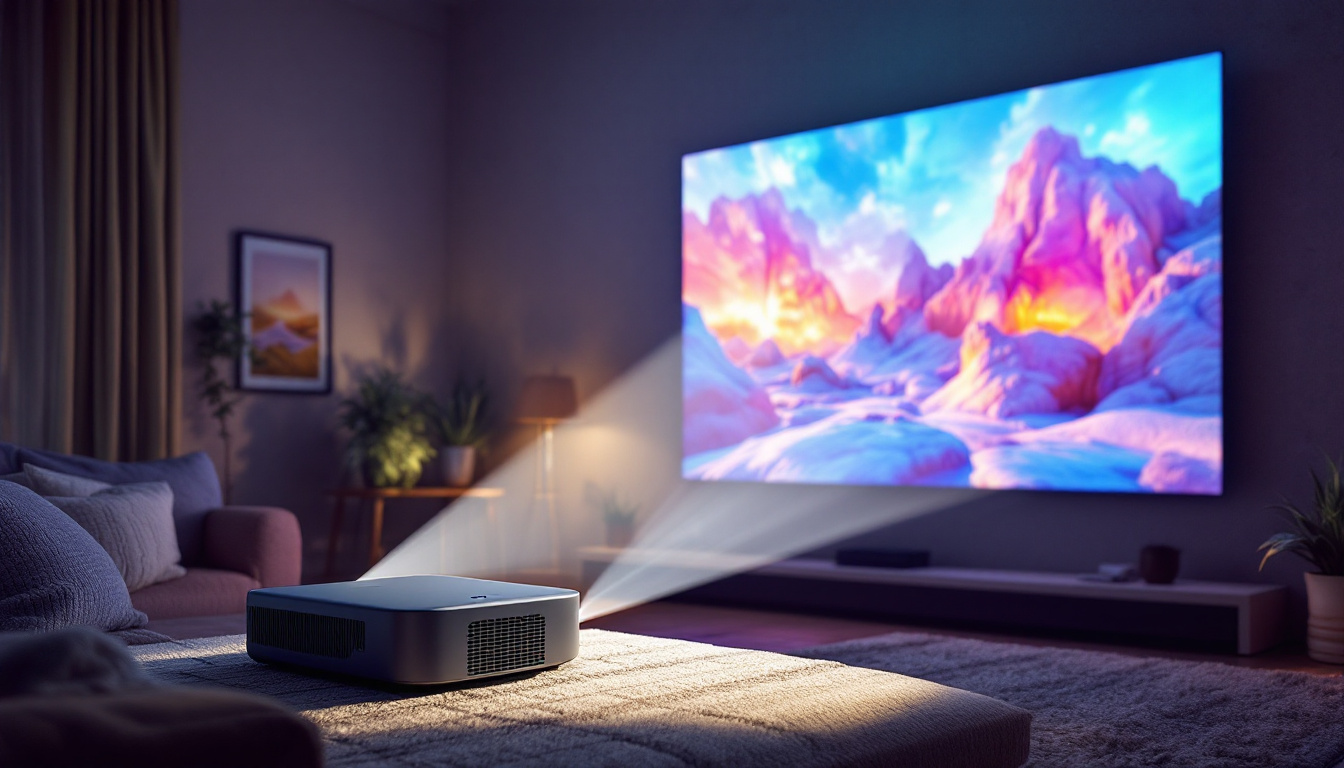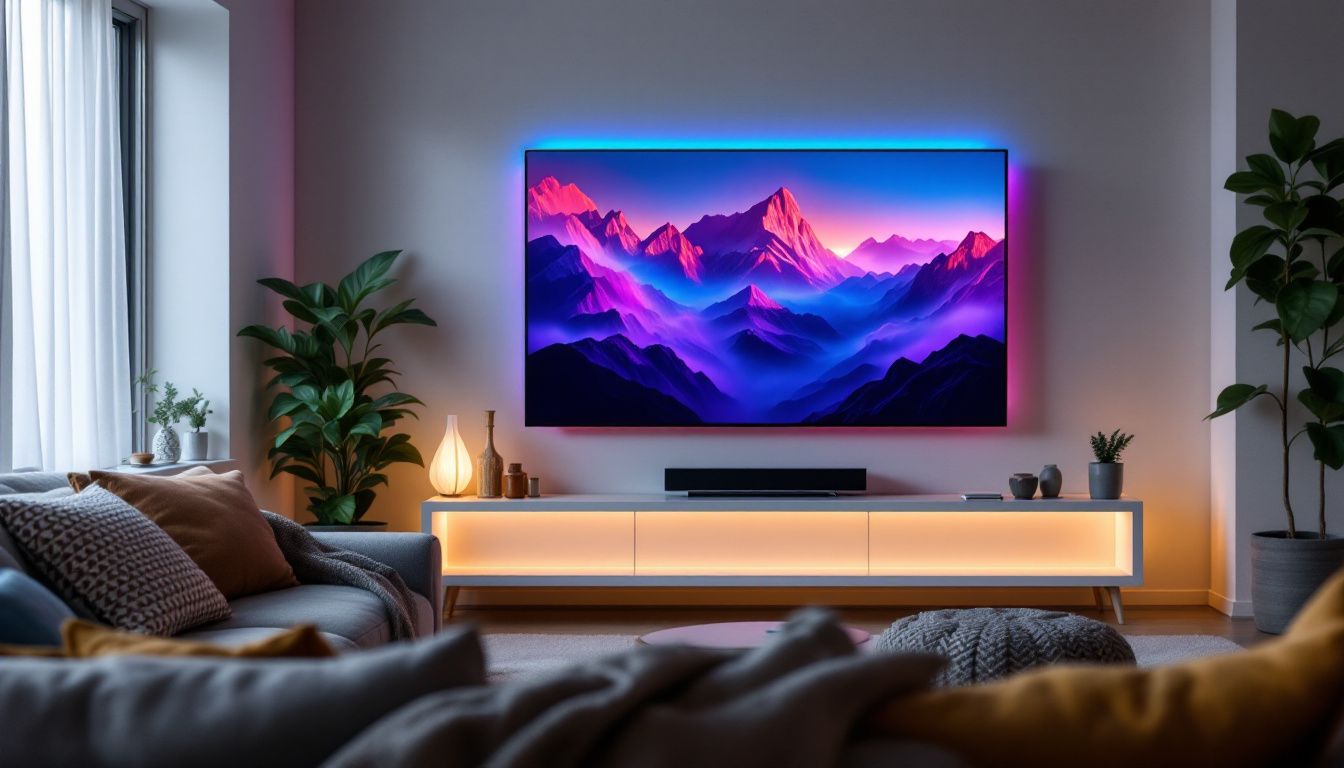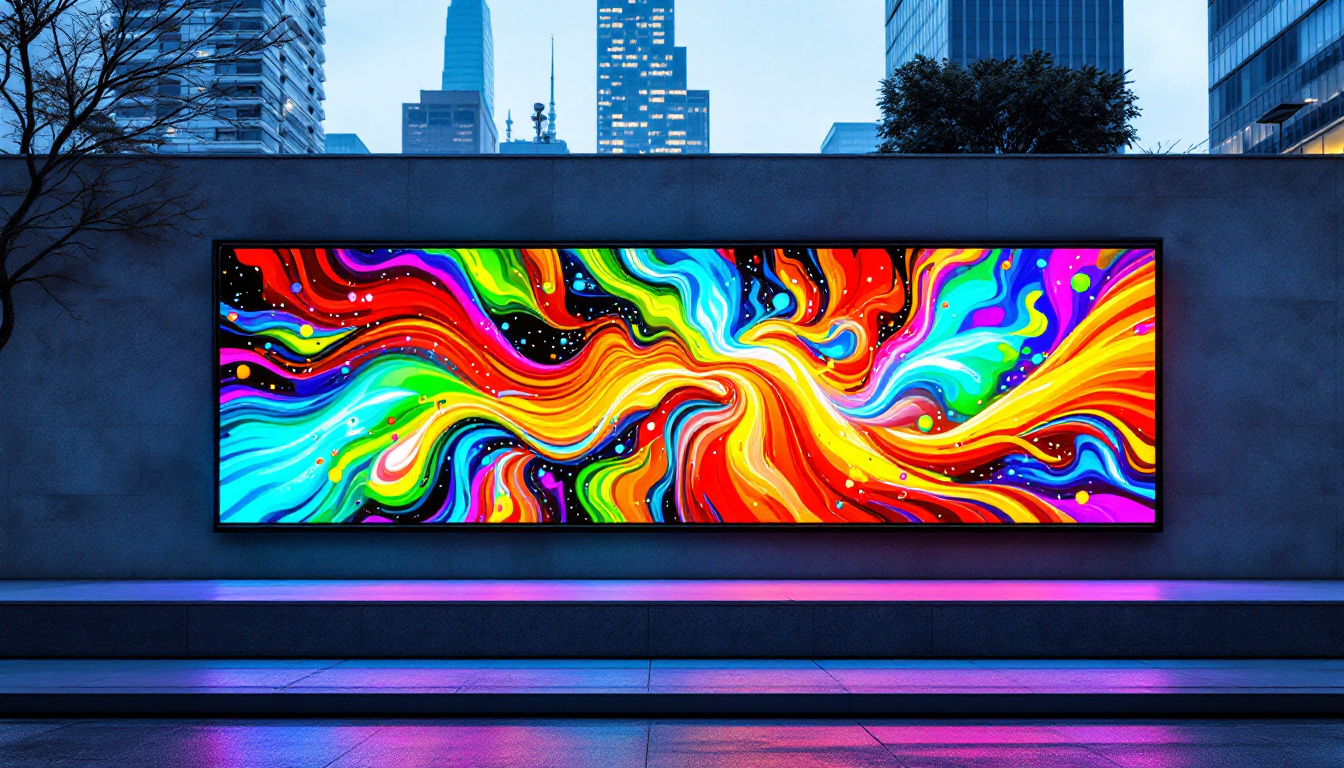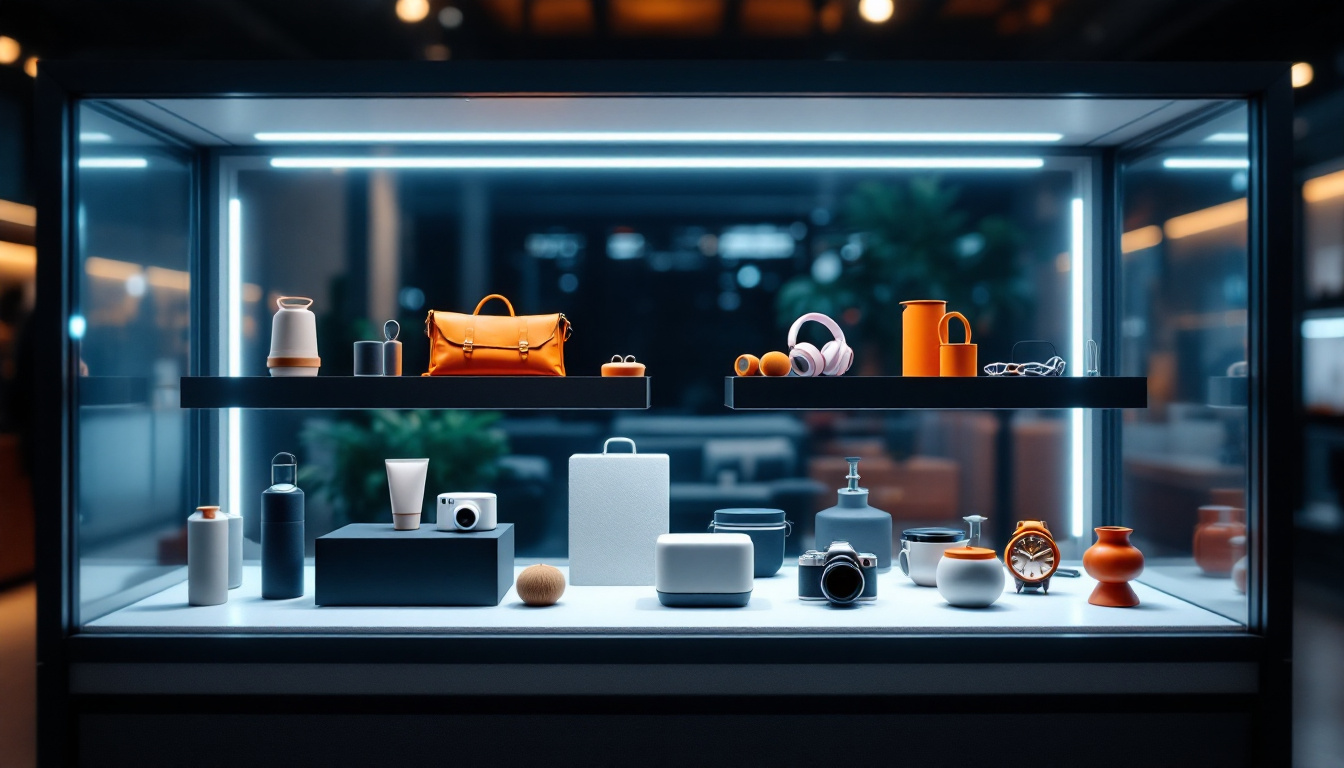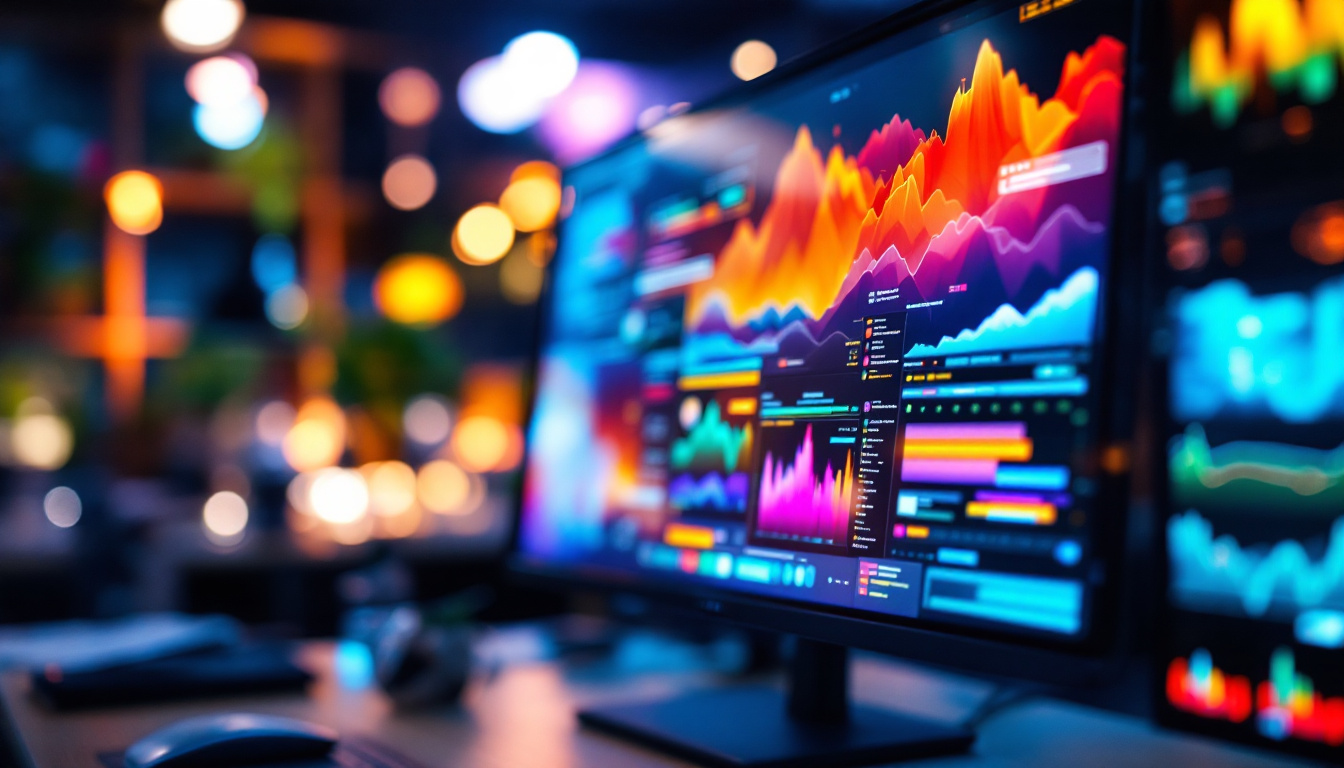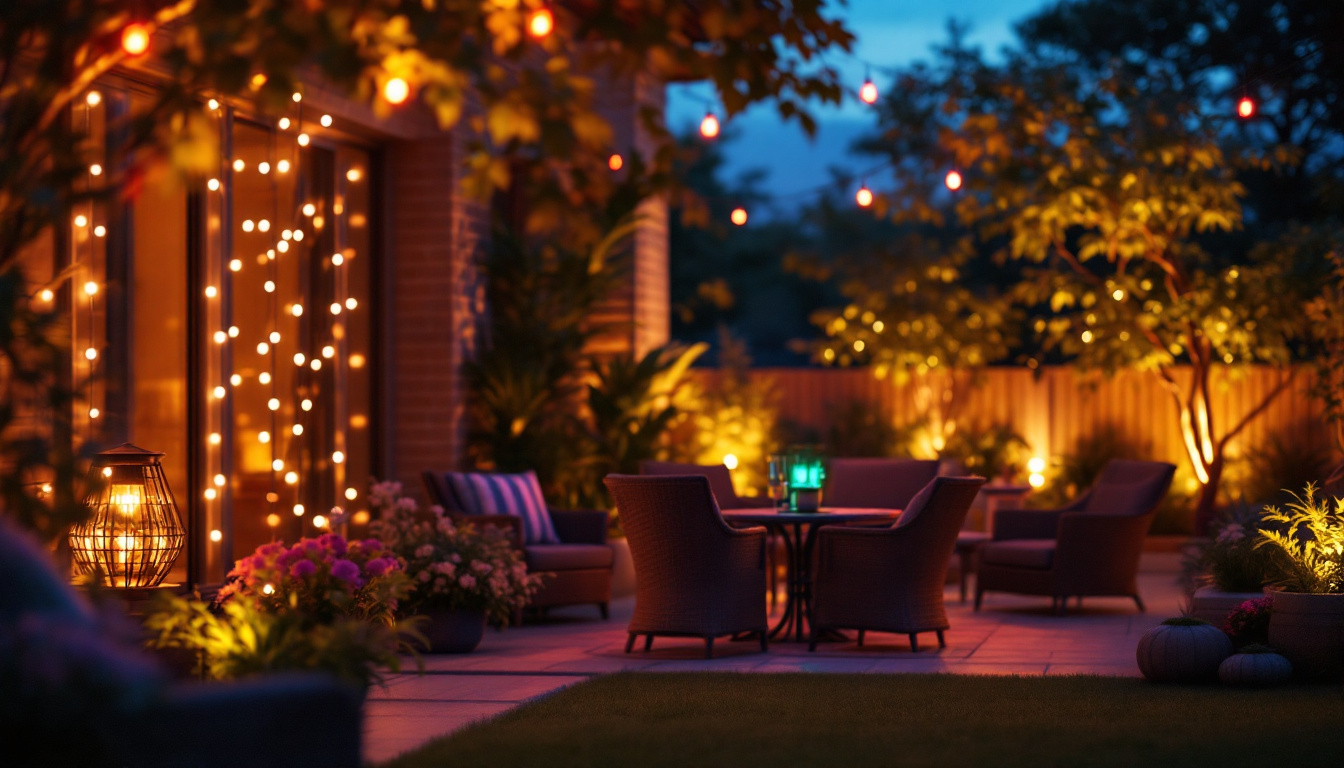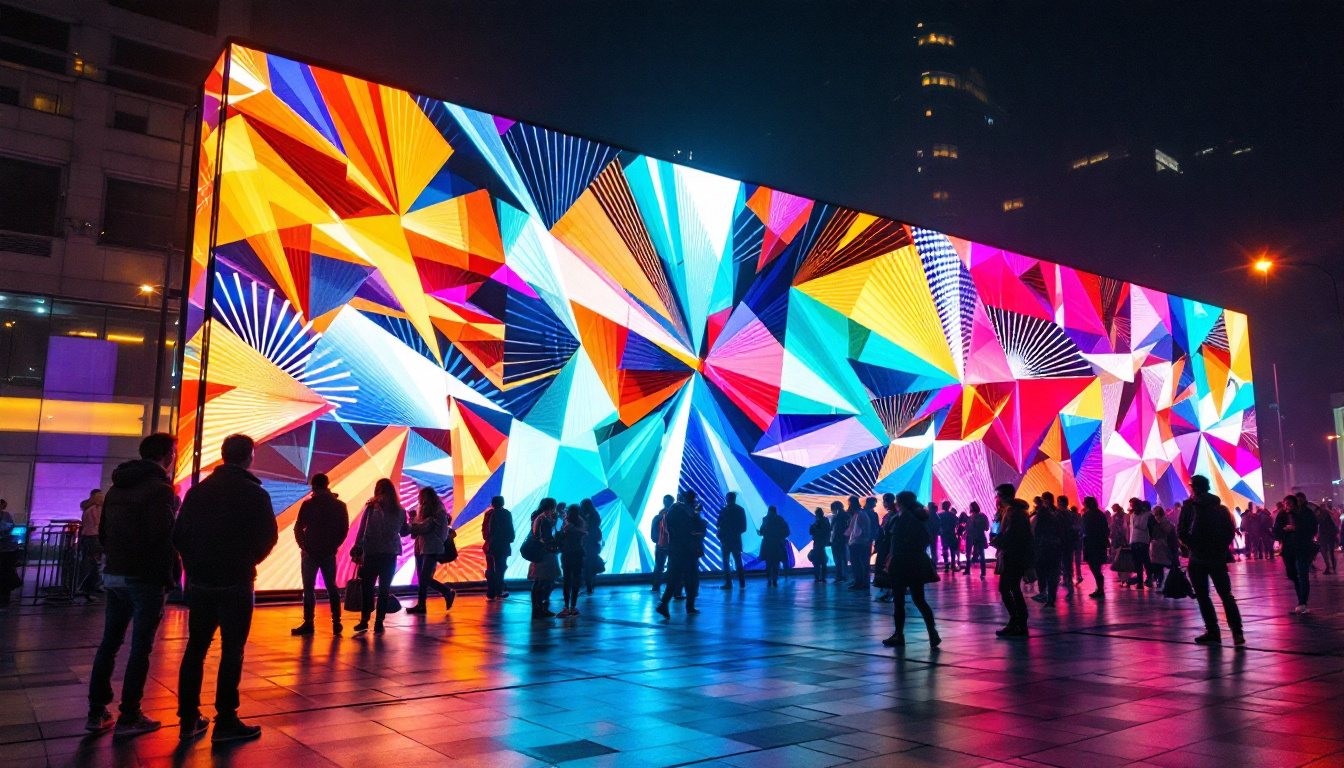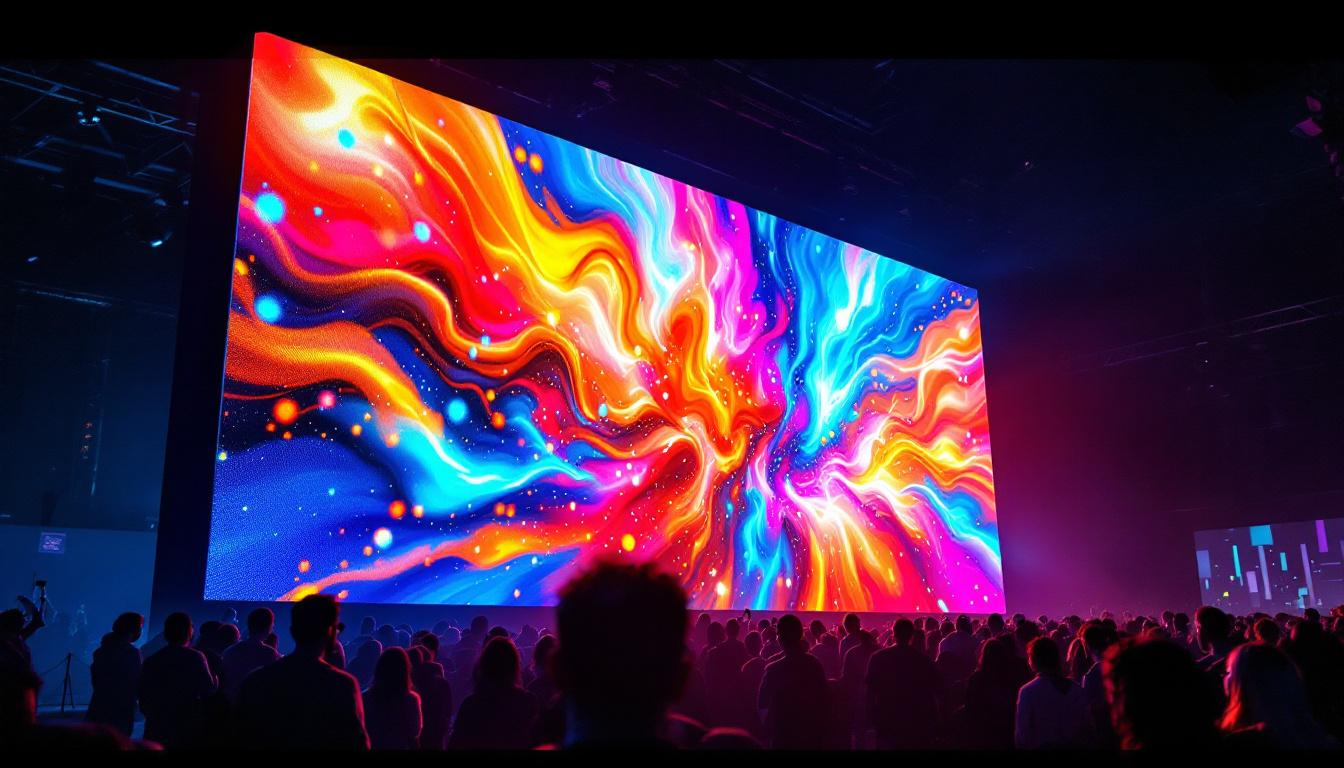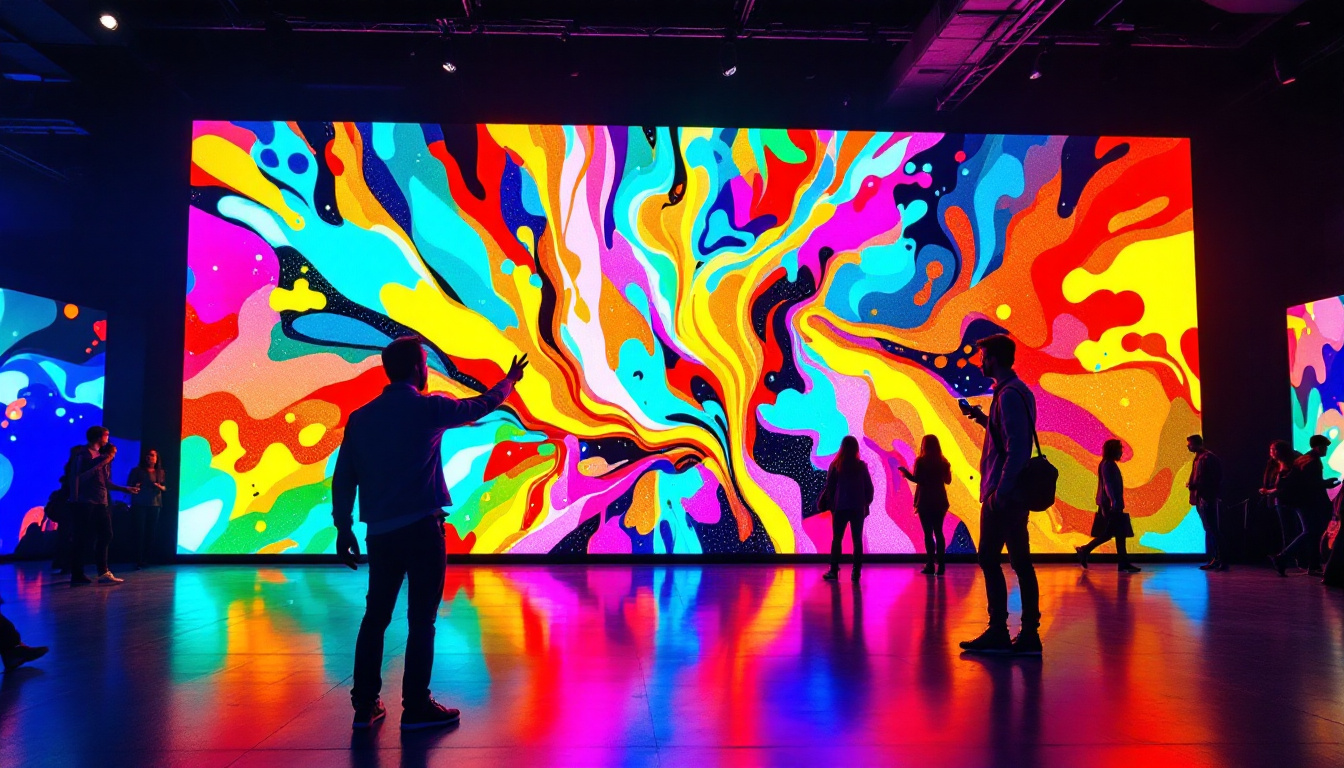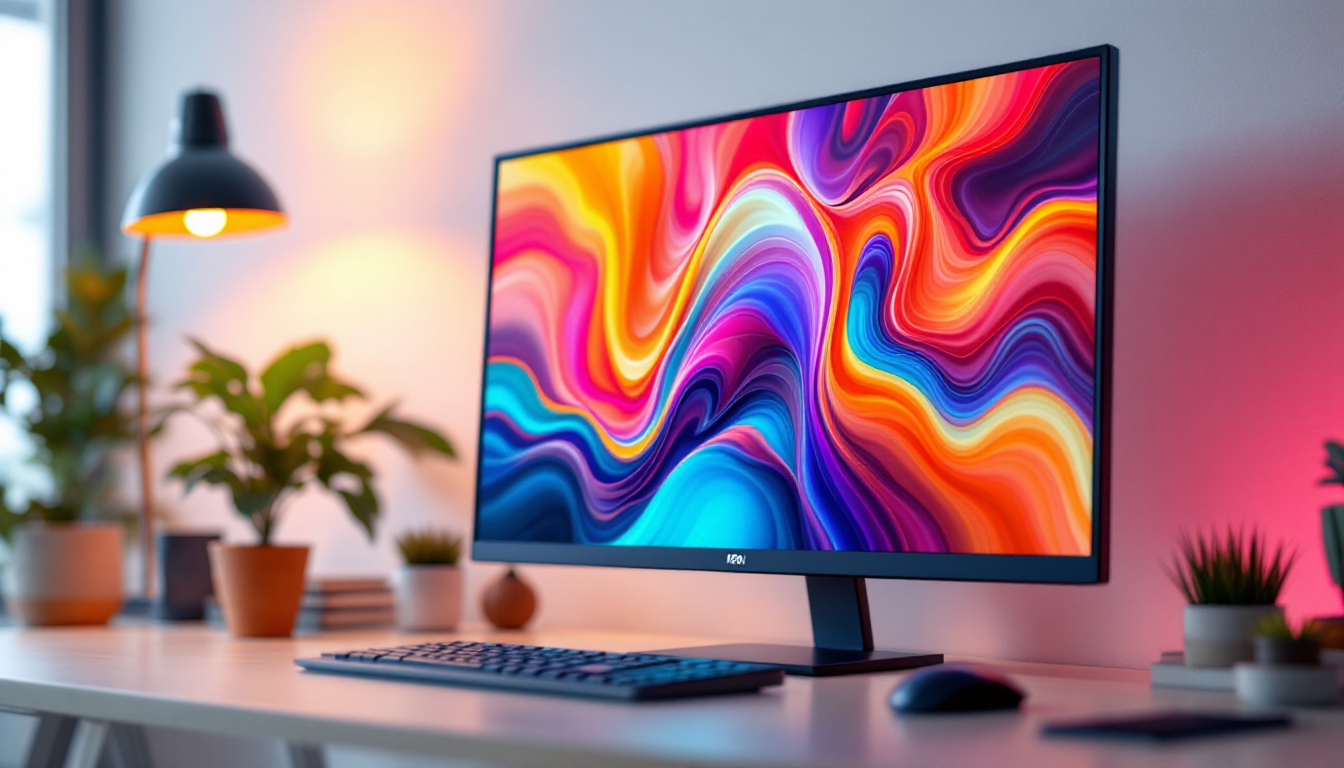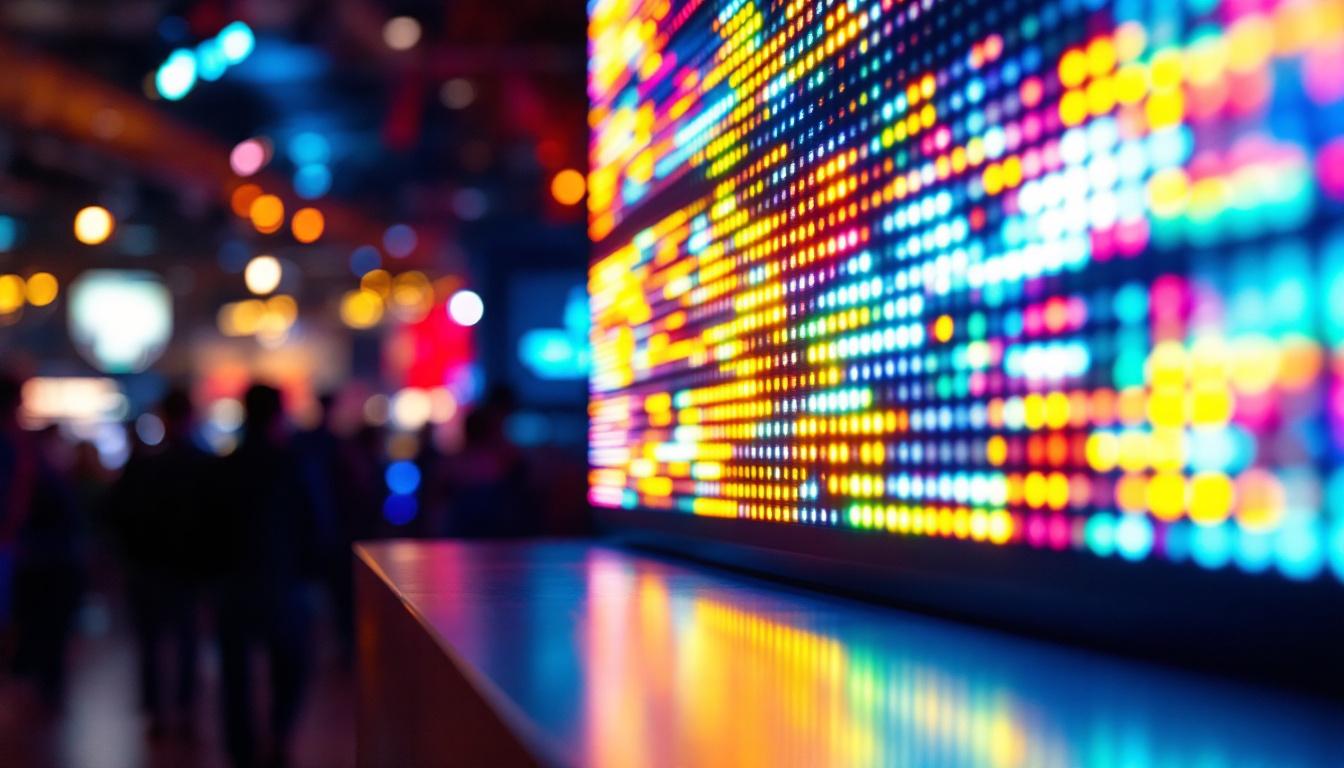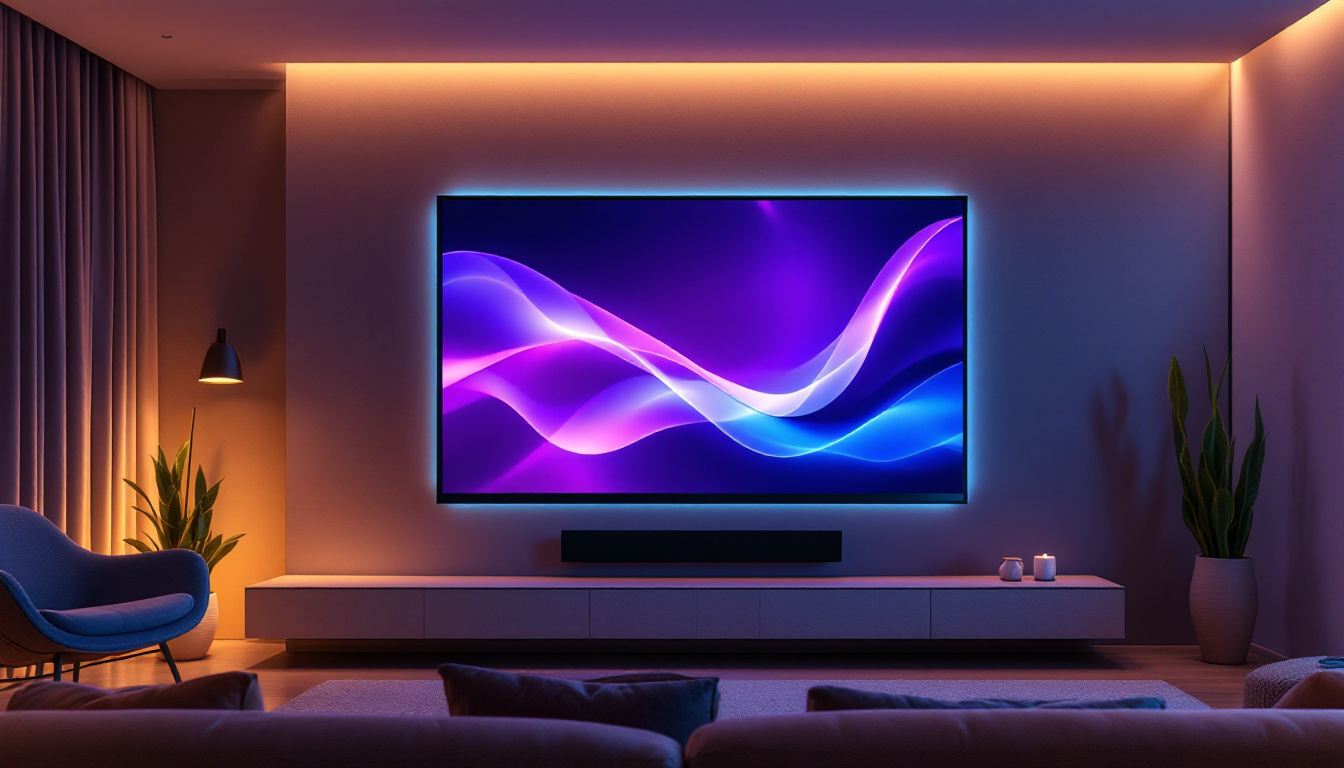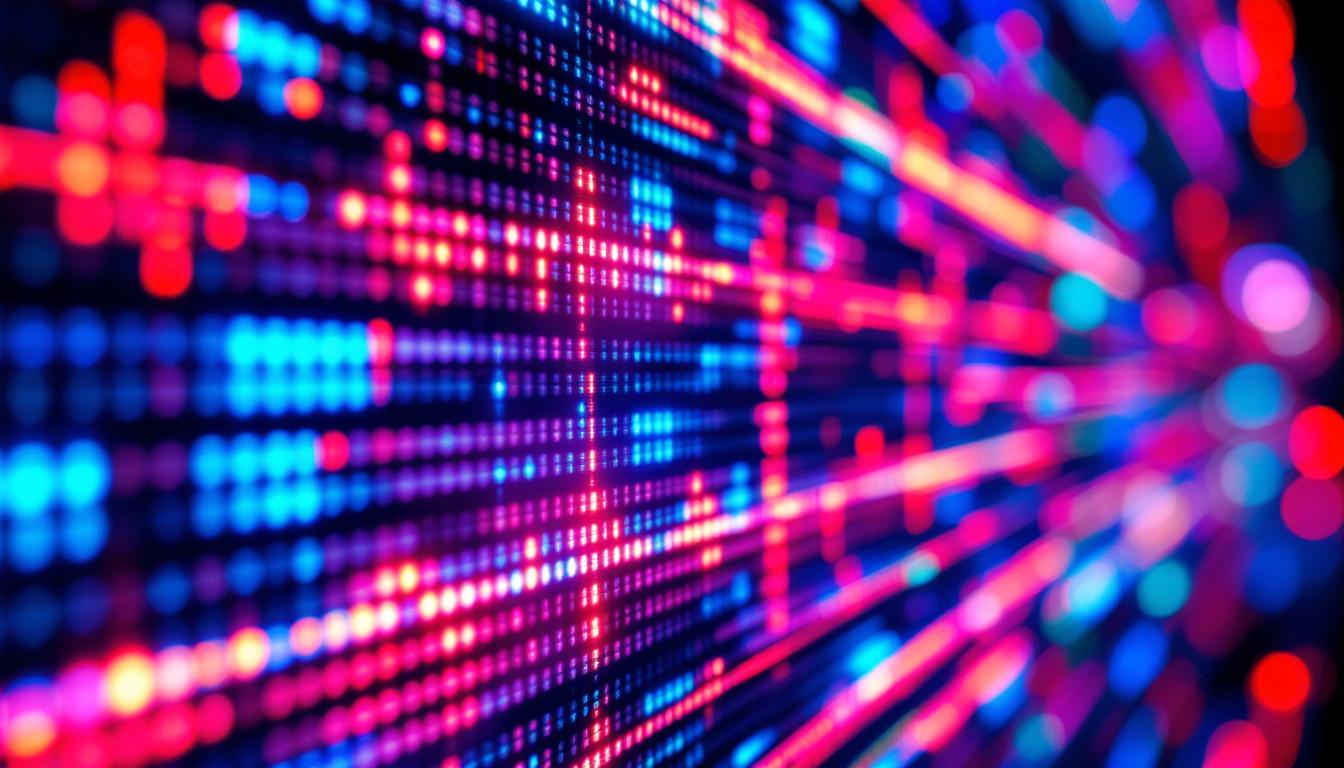In the world of modern events and presentations, LED displays have become an integral part of the visual landscape. From concerts to corporate events, these vibrant screens capture attention and enhance the overall experience. This article delves into the intricacies of LED displays, focusing on their components, benefits, and applications, particularly in staging environments.
Understanding LED Technology
Light Emitting Diodes (LEDs) are semiconductor devices that emit light when an electric current passes through them. The technology has evolved significantly over the years, leading to various applications in different fields, including entertainment, advertising, and information dissemination. Originally developed in the early 1960s, LEDs were primarily used for indicator lights and simple displays. However, advancements in materials and manufacturing techniques have transformed LEDs into a cornerstone of modern lighting and display technology.
The Basics of LED Displays
LED displays are made up of numerous small light-emitting diodes arranged in a grid. Each pixel in the display consists of red, green, and blue (RGB) diodes that combine to create a full spectrum of colors. This ability to mix colors allows for vibrant and dynamic visuals that can be tailored to any event or environment. The versatility of LED technology enables it to be used in everything from large-scale billboards to small electronic devices, making it an essential component of contemporary visual communication.
The resolution of an LED display is determined by the pixel pitch, which is the distance between the centers of two adjacent pixels. A smaller pixel pitch results in higher resolution and sharper images, making it ideal for close viewing. Conversely, a larger pixel pitch is suitable for larger venues where viewers are positioned further away. This adaptability in design ensures that LED displays can meet the specific needs of various applications, whether it’s a concert, a sports event, or a corporate presentation.
Types of LED Displays
There are primarily two types of LED displays: indoor and outdoor. Indoor LED displays are designed for environments where viewers are typically closer to the screen, offering higher resolution and brightness levels. Outdoor LED displays, on the other hand, are built to withstand harsh weather conditions and are often equipped with higher brightness to combat sunlight glare. These outdoor displays are commonly seen in stadiums, shopping centers, and public squares, providing real-time information and entertainment to large crowds.
Additionally, there are flexible LED displays, which can be shaped and curved to fit unique staging requirements. This versatility allows event planners to create immersive experiences that captivate audiences. The innovation doesn’t stop there; transparent LED displays are also emerging, allowing for a seamless integration of digital content with physical environments. These displays can be used in retail spaces to showcase products while maintaining visibility through the glass, merging the digital and physical worlds in a way that enhances customer engagement.
Benefits of Using LED Displays in Events
LED displays offer numerous advantages that make them a preferred choice for various events. Their unique features not only enhance visual appeal but also improve functionality and engagement.
High Brightness and Clarity
One of the standout features of LED displays is their brightness. Capable of producing vivid colors and sharp images, they ensure that content is easily visible, even in well-lit environments. This is particularly important for outdoor events, where sunlight can diminish the visibility of traditional projection systems.
Moreover, the clarity of LED displays allows for intricate details to be showcased, making them ideal for presentations that require precision, such as product launches or corporate announcements. The high resolution of LED technology also means that text and graphics remain crisp and legible from a distance, allowing audiences to engage with the content without straining their eyes. This is especially beneficial in large venues where attendees may be seated far from the screen.
Energy Efficiency
Compared to traditional display technologies, LED displays are significantly more energy-efficient. They consume less power while providing superior brightness and color quality. This efficiency not only reduces operational costs but also contributes to a more sustainable approach to event management.
As organizations increasingly prioritize sustainability, the adoption of energy-efficient technologies like LED displays aligns with their green initiatives, making them an attractive option for eco-conscious event planners. Additionally, the longevity of LED technology means that these displays have a longer lifespan than traditional options, further reducing waste and the need for frequent replacements. This durability makes them a smart investment for event organizers looking to maximize their budget while minimizing their environmental footprint.
Furthermore, the modular nature of LED displays allows for versatile configurations, enabling event planners to create unique setups tailored to the specific needs of their event. Whether it’s a large-scale festival or an intimate corporate gathering, the flexibility of LED technology ensures that the visual experience can be customized to enhance the overall atmosphere and engagement of the audience.
Applications of LED Displays in Staging
LED displays have a wide range of applications in staging, enhancing the overall experience for both performers and audiences. Their versatility allows them to be used in various formats and configurations, adapting to the specific needs of each event.
Concerts and Live Performances
In the realm of live entertainment, LED displays play a crucial role in creating an engaging atmosphere. They can be used as backdrops, stage elements, or even as part of the lighting design. The ability to change visuals in real-time allows for dynamic storytelling, enhancing the emotional impact of performances.
For instance, during a concert, LED displays can showcase visuals that complement the music, creating a multisensory experience that captivates the audience. From animated graphics to live video feeds, the possibilities are endless, allowing artists to express their creativity fully.
Corporate Events and Presentations
In corporate settings, LED displays are invaluable for presentations, conferences, and trade shows. They provide a professional platform for showcasing products, services, and brand messages. The high resolution and clarity of LED screens ensure that information is conveyed effectively, making it easier for audiences to grasp key points.
Additionally, LED displays can be used for interactive presentations, allowing participants to engage with content through touch or motion sensors. This interactivity not only enhances learning but also fosters a more memorable experience for attendees.
Installation and Setup Considerations
Setting up LED displays for events requires careful planning and execution. Various factors need to be considered to ensure optimal performance and visual impact.
Choosing the Right Equipment
The first step in the installation process is selecting the appropriate LED display based on the venue and event requirements. Factors such as pixel pitch, brightness, and size should be evaluated to ensure that the display meets the needs of the audience and the content being presented.
For larger venues, it may be necessary to use multiple LED panels to create a seamless visual experience. In such cases, ensuring proper calibration and alignment is crucial to avoid discrepancies in color and brightness across the display.
Technical Setup and Configuration
Once the equipment is chosen, the technical setup begins. This involves connecting the LED display to the necessary video sources, such as computers or media servers, and configuring the software for content management. Proper calibration of color and brightness levels is essential to maintain consistency across the display.
Additionally, testing the setup before the event is crucial. This allows for any technical issues to be identified and resolved, ensuring a smooth experience during the actual presentation or performance.
Future Trends in LED Display Technology
The LED display industry is continually evolving, with advancements in technology paving the way for new possibilities. As demand for high-quality visuals increases, several trends are emerging that are likely to shape the future of LED displays.
Higher Resolution and Pixel Density
As technology advances, the demand for higher resolution displays is on the rise. Manufacturers are developing LED panels with smaller pixel pitches, allowing for greater pixel density and improved image quality. This trend is particularly beneficial for applications where viewers are in close proximity to the display, such as indoor events and exhibitions.
With higher resolution capabilities, LED displays can deliver stunning visuals that rival traditional projection systems, making them an increasingly attractive option for event planners.
Integration with Augmented and Virtual Reality
The integration of LED displays with augmented reality (AR) and virtual reality (VR) technologies is another exciting trend. As these technologies become more mainstream, the potential for creating immersive experiences is vast. LED displays can serve as a canvas for AR content, enhancing live performances and events with interactive elements that engage audiences in new ways.
This integration not only elevates the entertainment value of events but also opens up new avenues for storytelling and audience interaction, making events more memorable and impactful.
Conclusion
LED displays have revolutionized the way visuals are presented in various settings, particularly in the realm of staging for events. Their vibrant colors, high brightness, and versatility make them an essential tool for creating engaging experiences that captivate audiences. As technology continues to evolve, the potential for LED displays is limitless, paving the way for innovative applications that will shape the future of live events.
Whether for concerts, corporate presentations, or immersive experiences, LED displays are set to remain at the forefront of visual technology, transforming the way stories are told and experiences are shared. As event planners and organizations embrace these advancements, the possibilities for creativity and engagement are boundless, ensuring that every event leaves a lasting impression.
Illuminate Your Events with LumenMatrix
Ready to elevate your next event with the vibrant colors and dynamic capabilities of LED displays? Discover LumenMatrix’s innovative solutions, from Indoor and Outdoor LED Wall Displays to specialized options like Vehicle LED Displays, LED Posters, and even Custom LED Displays tailored to your unique needs. Embrace the future of visual storytelling with our cutting-edge technology designed to captivate your audience and amplify your message. Check out LumenMatrix LED Display Solutions today and transform your event into an unforgettable experience.

